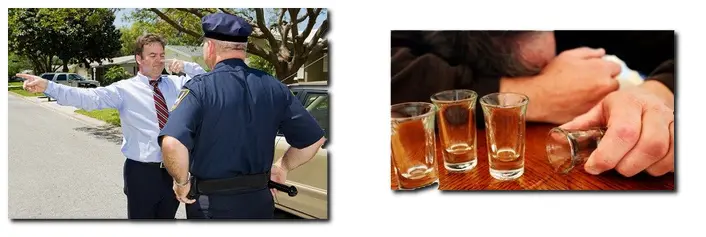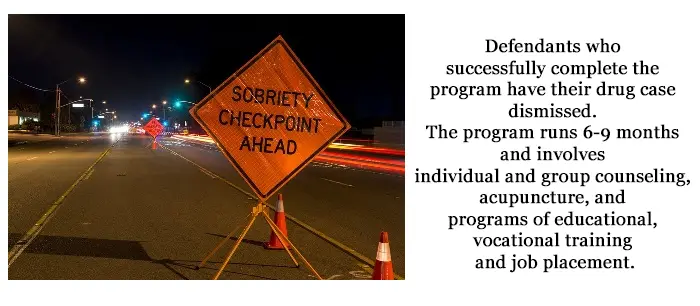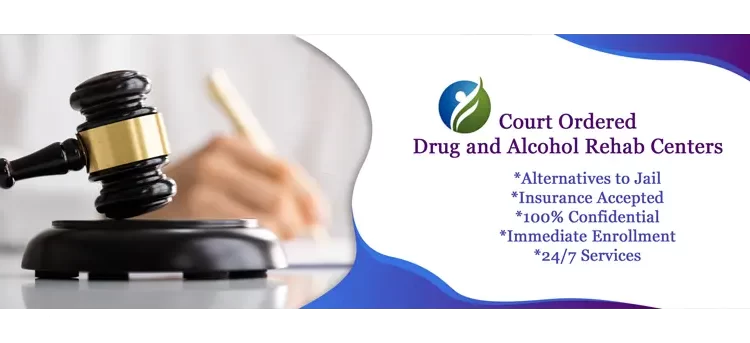Texas Jail Alternative Drug Treatment Options
Texas Jail, Alternative Drug Treatment Options for drug or alcohol offenses can replace jail time for first-time offenders. Most drug rehabilitation centers will help you or someone who you love, seek the help the person needs instead of going to jail. Call us to discuss this treatment option in place of unnecessary jail time. The state of Texas understands the need for drug rehabilitation and will work with select treatment facilities in and outside of the state of Texas.
What is Court Ordered Treatment?
The courtroom judge will often have the option to order drug or alcohol rehabilitation instead of incarceration when a person is faced with charges brought about by the use of drugs or addiction. This option has been available to judges across the country for over 20 years. Judges prefer to see defendants take responsibility for their actions. Typically, a judge might order the defendant to enroll in a treatment center if the judge deems the defendant’s addiction was an underlying reason for committing the crime. The judge may feel that rehab would be better than incarceration. In other cases, a family could seek an emergency court intervention to get the person into a rehab program when that person refuses to do so voluntarily.DUI First-Offender and Diversion Programs
In Texas, when you get your first offense DWI, it is usually a Class B misdemeanor. If you are convicted, you may be sentenced to a maximum of 180 days in jail and up to a $2000 fine. The mandatory minimum jail time that you will have to serve is three days unless you are granted probation.The laws are different in each state for DWI offenses that allow for deferment programs instead of jail time. Some states, depending on the circumstances, will mandate treatment and community service. Some of these mandates can be handled while in treatment for alcohol abuse. Texas has a deferment program for first-time DWI offenders as long as there are no injuries, accidents, or drugs involved. If you have been arrested for your second DWI/DUI in Texas, it is highly recommended that you give us a call to find out your options for a deferment program instead of jail time. This will help with the possible consequences that the courts may impose on you. Drinking and driving can have serious outcomes including vehicular homicide, aggravated assault with a deadly weapon, and other very serious charges. When a minor is involved, there are more serious outcomes that the courts in Texas can impose on the offender. If there has been an accident or death due to drinking and driving there will be significant jail time imposed as well as the knowledge that your indulgence cost someone their life.

Jail Alternatives are just a call away. We will help with this process. Texas drug courts will work with you to seek treatment instead of going to jail due to drug addiction.
1-800-513-5423
Austin, Texas Drug Rehabs
El Paso, TX Addiction Treatment
Fort Worth. TX Drug & Alcohol Rehabilitation
Gilmer, Texas Substance Abuse Treatment
Houston, Tx 30/90-Day Treatment Centers
Longview, Texas Inpatient Drug Rehab Programs
San Antonio, Texas Treatment Centers for Addiction
San Marcos, TX Detox Centers, and Rehab Facilities
The Colony, Tx Residential Treatment Programs
Tyler, Texas Detox Centers and Inpatient Rehabs
Waco, Tx Residential Treatment Centers
Waelder, Texas Drug Rehab Centers
Wichita Falls, TX Substance Abuse Rehabs
For more locations in a city near you CLICK HERE
Locally available treatment programs include:
Inpatient rehab
Secular (non-religious) programs
IOP Outpatient therapy
Women Only Treatment Centers
30-day 60-day 90-day residential substance abuse centers
LGBTQ drug rehab centers
Holistic treatment programs
Mental health treatment centers
Detox Centers
Intervention
How rehab works
Get Help Now Before it is Too Late
Our certified addiction specialists are here to answer any questions that you may have. Please call us toll-free today. We are here for you 24 hours a day, 7 days a week.
Sources
SAMHSA
Texas Drug Courts
Court Ordered Education Programs
Mental Health Substance Abuse Coverage
Criminal and Juvenile Justice
Intercept 3: Jail/Courts
Substance Abuse Treatment, Testing, and Abstinence
Impaired Driving Penalties in Texas
TDLR
Erik Epp – Content Author




